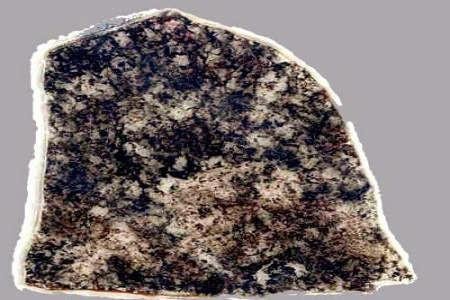The Universe Filled With Life
GATRAnews - Wednesday, 20 December 2017 17:05 | science

Fatures of sulfur-eating bacteria in the oceans of Western Australia (isies / yus4)
Los Angeles, Gatra.com - A new analysis of fossils of the oldest known microorganisms provides strong evidence to support the understanding that life in the universe is common. The researchers used fossil microorganisms from Western Australia, aged 3.465 billion years old as objects. The results of a UCLA scientist study and the University of Wisconsin-Madison were reported in the journal Proceedings of the National Academy of Sciences, 18 December.
The two species they studied were primitive forms of photosynthesis, which produced methane gas. While other species seem to have consumed methane, and used it to build their cell walls. This proves that various organisms have evolved very early in Earth's history - combined with scientists' knowledge of the many stars in the universe with planets orbiting so much - reinforcing the notion that life exists elsewhere in the universe. Because it would be highly unlikely that life formed quickly on Earth, but did not appear elsewhere.
"At 3,465 billion years ago, life was already diverse on Earth, it was a clear, primitive photosynthetic, methane manufacturer, methane user," said J. William Schopf, a professor of paleobiology at UCLA College, lead author of the study. "This is the first data to show a very diverse organism at that time in Earth's history, and our previous research has shown that there were users of sulfur 3.4 billion years ago.
"It tells us that life must begin substantially earlier, and this confirms that it is not difficult for primitive lives to form and develop into more advanced microorganisms," he said. Schopf said that scientists still do not know how long life will begin. "But, if the conditions are right, it seems like life in the universe should be widespread," he said.
This study is the most detailed ever done on microorganisms stored in the ancient fossil. Schopf-led researchers first described the fossils in the journal Science in 1993, and then proved their biological origin in the journal Nature in 2002. However, the new study is the first to determine the types of microbial organisms biologically, and how advanced or primitive they are .
For the new study, Schopf and his colleagues analyzed microorganisms with cutting-edge technology called secondary ion mass spectroscopy, or SIMS, which shows the carbon-12 isotope ratios of carbon-13 isotope - scientists can use information to determine how microorganisms live. (Photosynthetic bacteria have different carbon footprints than methane manufacturers and consumers, for example.)
In 2000, Schopf became the first scientist to use SIMS to analyze microscopic fossils stored in rocks. He says the technology is likely to be used to study samples brought back from Mars to scan for signs of life. Wisconsin researchers, led by John Valley's geoscience professor, use a secondary ion mass spectrometer - one of the few in the world - to separate the carbon from each fossil into its constituent isotope and determine its ratio.
"The differences in the ratio of carbon isotopes correlate with the shape," Valley said. "Their C-13-to-C-12 ratio is a characteristic of biological and metabolic functions." The fossils are formed when there is little oxygen in the atmosphere, Schopf said. He thinks that further photosynthesis has not evolved, and that oxygen first appeared on Earth about half a billion years later before its concentration in our atmosphere increased rapidly from about 2 billion years ago.
Oxygen is definitely toxic to these microorganisms, and will kill them, he says. Primitive photophotopes are quite rare on Earth today because they exist only in places where there is light, but no oxygen - there is usually abundant oxygen where there is light. And the presence of rocks analyzed by scientists is also somewhat remarkable. The average period of rocks exposed to the Earth's surface is about 200 million years, Schopf said, adding that when starting his career, there was no fossil evidence of life longer than 500 million years ago.
While the study strongly suggests the existence of primitive life forms throughout the universe. Schopf says that the presence of a more advanced life is possible but less certain. One of the coauthors of this paper is Anatoliy Kudryavtsev, a senior scientist at the UCLA Center for the Study of Evolution and the Origin of Life. The research was funded by the NASA Astrobiology Institute.
Editor: Rohmat Haryadi